A damaged area that’s bigger than 6 inches will require forming a drywall patch with a different way of attaching it to the wall. This method of repairing drywall involves a couple of additional steps. If the damage is too extensive, however, you may want to leave it to the pros.
Cut a Piece of Drywall
The first step involves taking a piece of spare drywall and cutting it into a square. You’ll want the square to be slightly larger than the hole.
Trace the Patch
While holding the square patch over the hole, use a pencil to carefully trace around it. This outline marks where you’ll be cutting out the hole.
Cut the Hole Out
Using a drywall saw, cut along the lines you traced in the previous step. Check if there are any electrical wires before you do the cutting. You wouldn’t want to create another problem while trying to solve the current one.
Place Furring Strips
Screw a furring strip — a small piece of thin wood — to either side of the hole on the inside. You may want to drive the screws beneath the drywall’s surface.
Insert the Patch
Insert the patch of drywall into the hole you prepared, screwing it into the wood strips. As with the previous step of repairing drywall, make sure the screws sink beneath the surface.
Apply Joint Tape and Compound
Cover the edges of the patch with joint tape. The mesh composition of joint tape allows it to reinforce the bond between the wall and the patch. This limits movement and helps in preventing cracks in the future. Apply joint compound onto the tape and the patch, blending the borders with the surrounding wall. In certain cases, you may need to apply a second coat of compound — after the first coat dries.
Repairing Damaged Corners
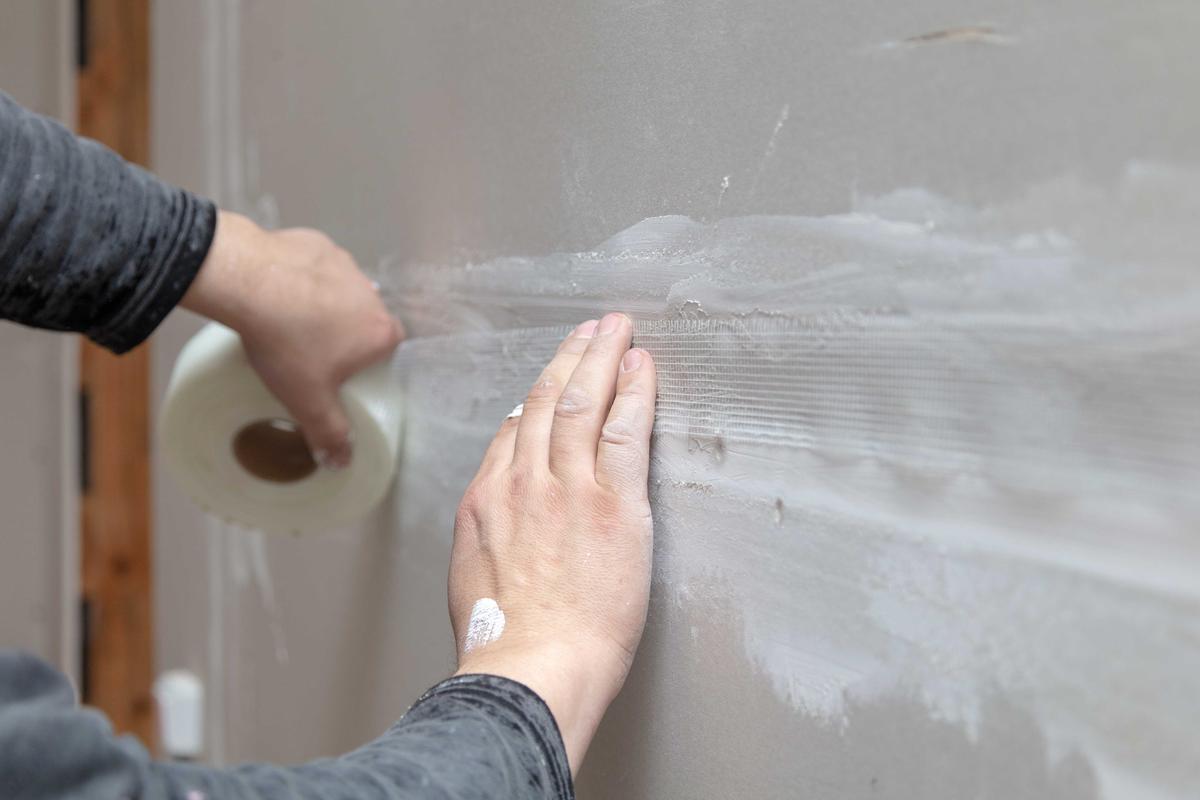
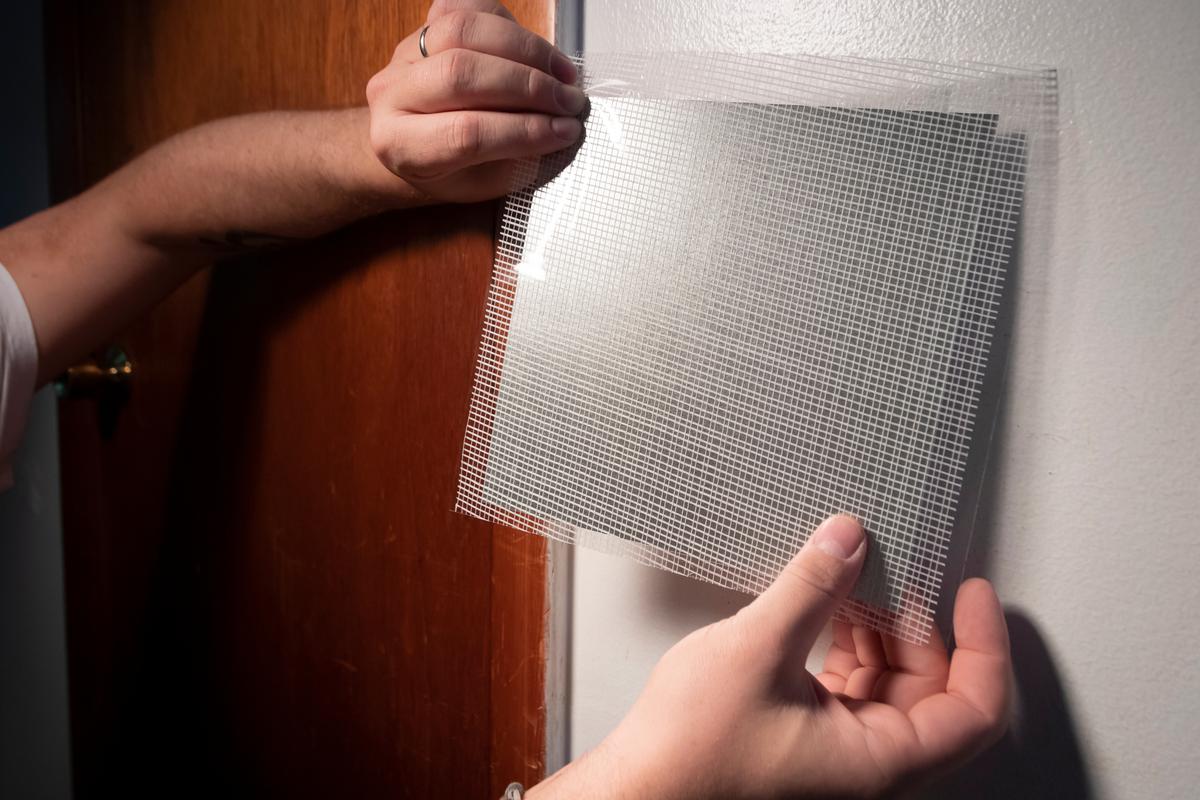
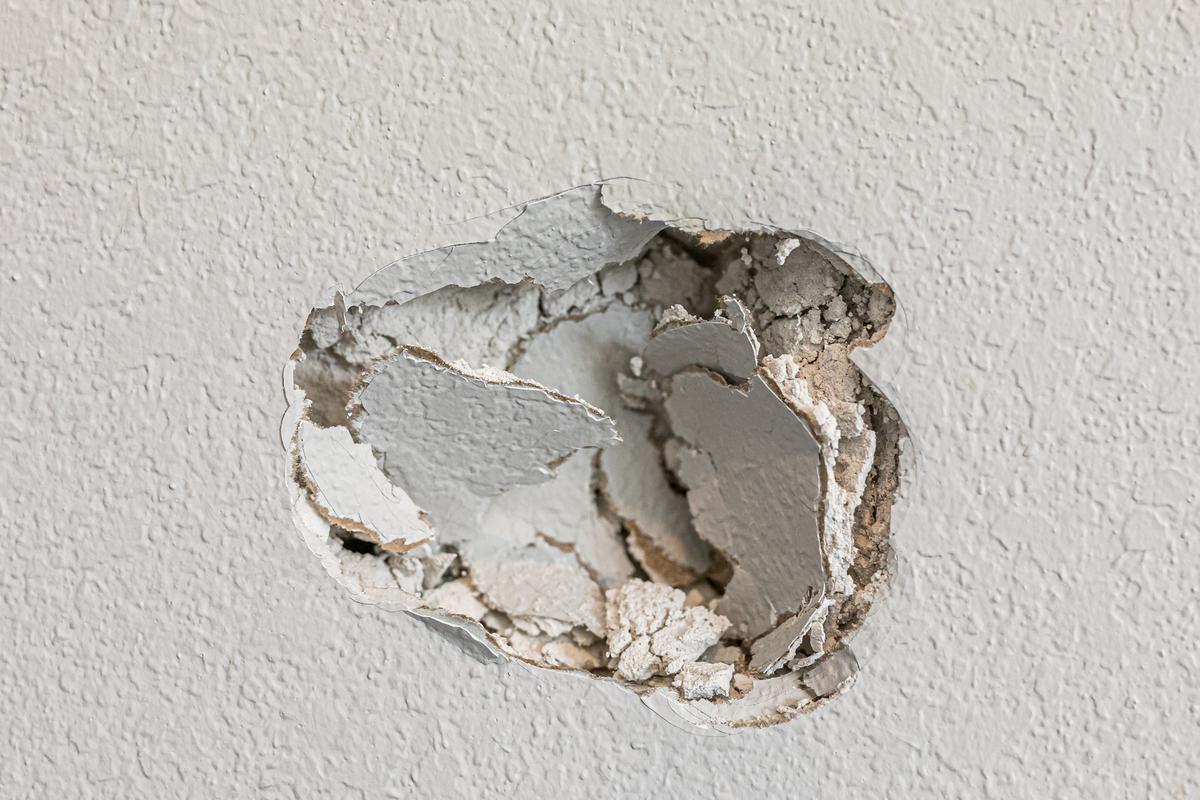
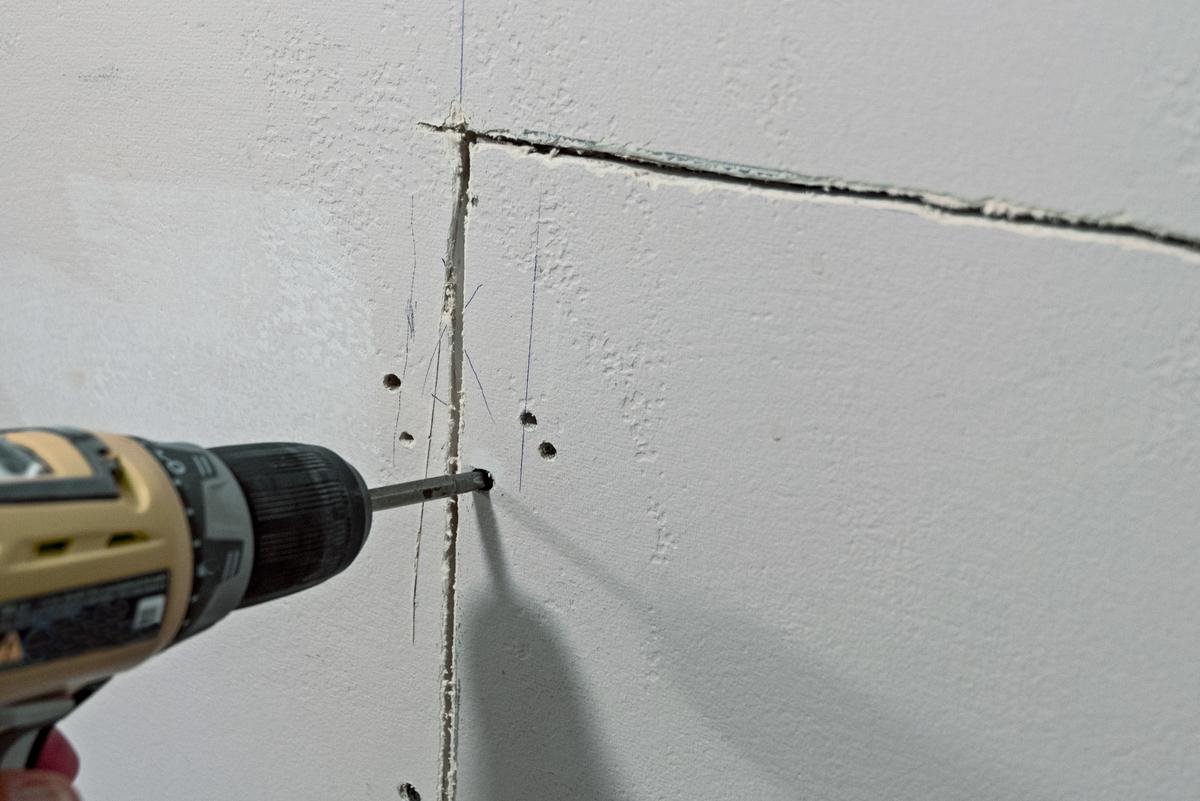
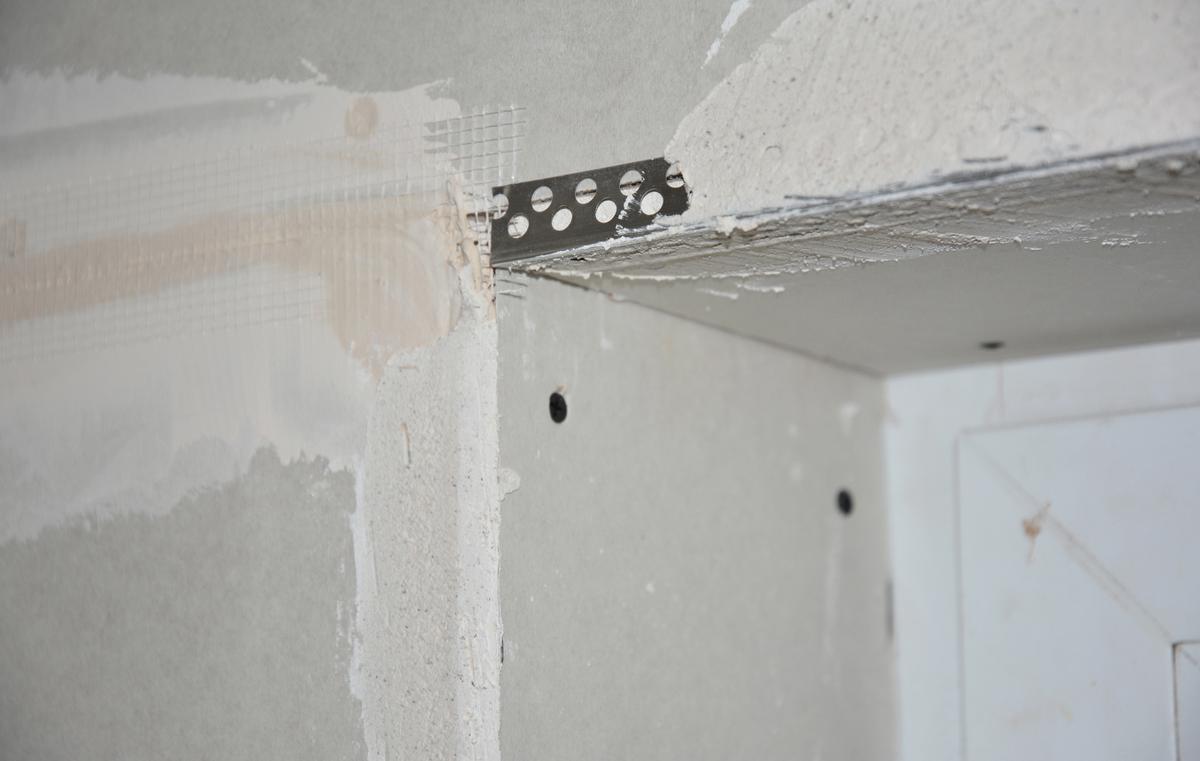
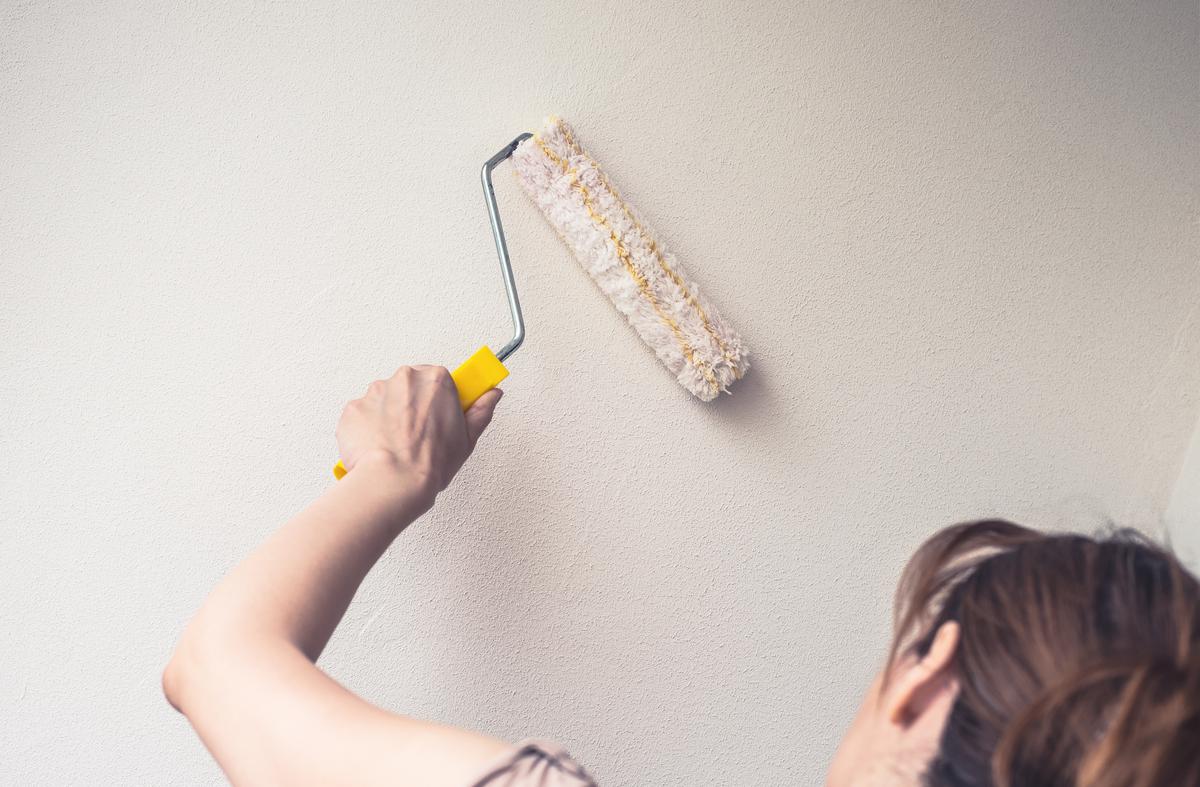


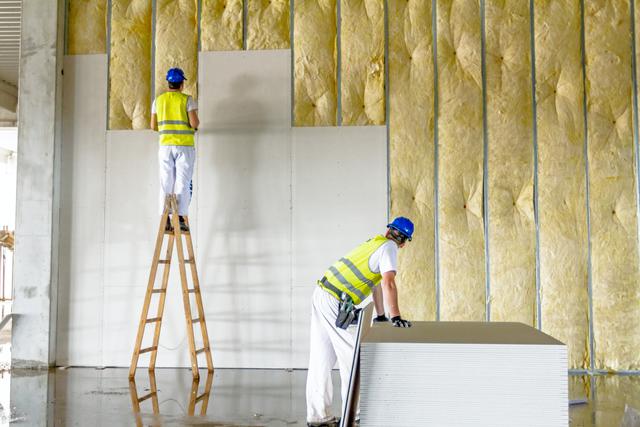
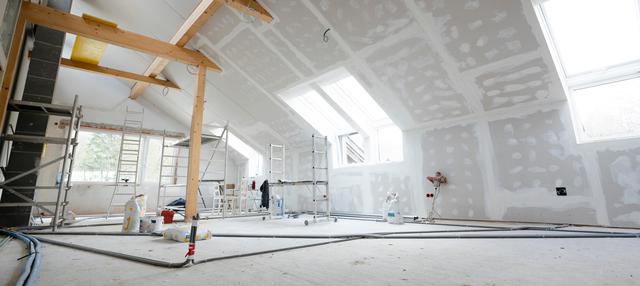
comments